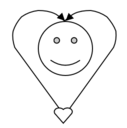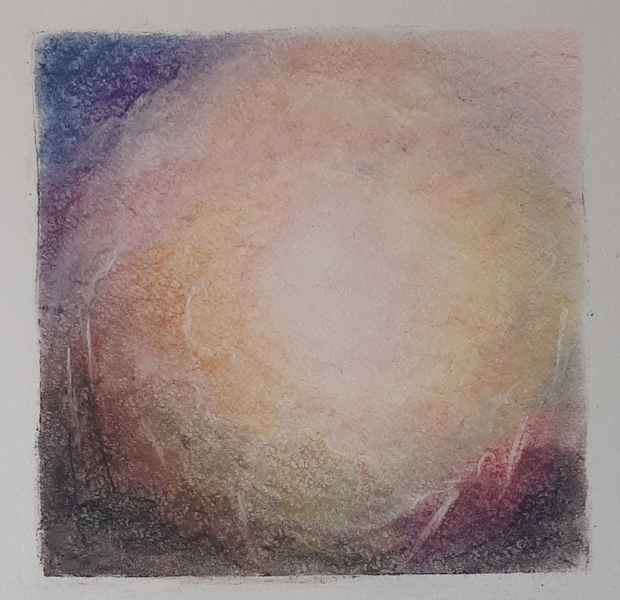Eurythmic Meditation
Filling ourselves with thoughts that are not directly related to our daily life can be helpful in gaining inner distance from everyday occurrences, a source of inner peace and strength.
In eurythmic meditation, the flow of thought is combined with or even replaced by physical movement. This thought-filled movement deepens our feeling connection with the body and leads us into dialogue with it, while opening an inner space which can be experienced as a listening space or conveys other kinds of perceptions. Thus the life forces are strengthened, and you connect yourself with your personal potential. Eurythmic meditation can be a powerful and health-giving experience.
Recommendations for your practice
Choose a time and find a quiet place for your meditation so that a peaceful turning inward becomes possible. Consider the following:
- How do you arrange a time and place for your meditation?
- How long and how often do you practice?
- What are your experiences with practicing in different places and at different times?
In preparing to do a eurythmic meditation, first read the verse and become familiar with it. Rather than an automatic memorization, this should be like taking an interested walk with your thoughts within your body, in which something new is noticed or familiar things appear in a new light each time. As a result, an intimate space in your soul can come into being, into which you willingly enter again and again.
Watch the video to learn the physical movements. You may practice them with the video at first, then see if you can do them by themselves.
Then go through the eurythmic movements and try to recollect some of the feelings you had while reading the text, now in combination with your body-perceptions. Go back to the course and check yourself until you are confident you remember the meditation. You can now begin to experience it in your body and can practice it together with the movements.
Listen to the “resonance” between movements and after finishing the meditation, for at least a minute or two. What does the exercise trigger in you? Where do you experience warmth, where does it feel fresh and alive? Which part of your body feels wide, which part becomes narrow or tense? Do inner pictures arise from your body perceptions? Even if you don’t experience much, it is the attitude of interest that matters.
An additional verse is offered for contemplation here.
With continued practice, you can let the words sound inaudibly within the movements. Gradually we become intimately connected with the movement itself. We are fully present in the body, but with the clear alertness of thinking. This alertness can significantly increase with practice, and leads to the intended strengthening effects of a meditative life.
























